Faced with the increasing trend of dengue fever cases in Hanoi, implementing the direction of the Ministry of Health leaders, on November 3, a working delegation led by Prof. Dr. Phan Trong Lan - Director of the Department of Preventive Medicine, Ministry of Health, inspected dengue fever prevention work in Hanoi.
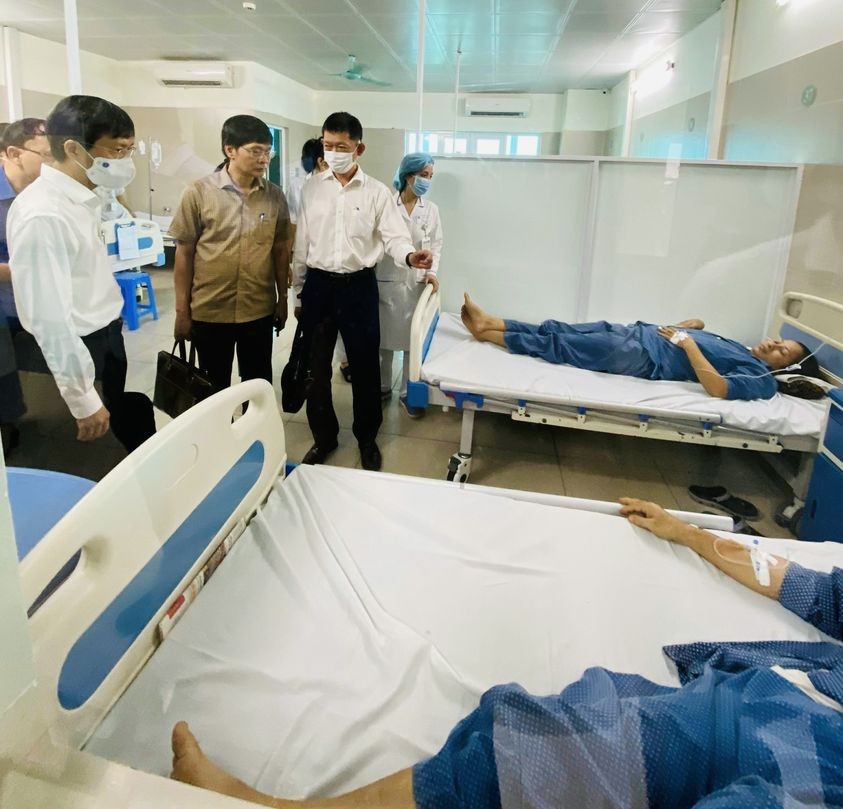 |
| The inspection team of the Ministry of Health and representatives of the Hanoi Department of Health inspected the treatment of dengue fever patients at Thanh Nhan Hospital. |
Proactively provide chemicals, materials, and infusions to treat dengue fever
The working group inspected Thanh Nhan Hospital - one of the medical facilities assigned as the final line of Hanoi in admitting and treating dengue fever patients.
The report of the representative of Thanh Nhan Hospital's leadership at the working session said that from July 2023 to November 1, 2023, the hospital received 4,758 dengue fever patients for examination and treatment; in October alone, there were more than 2,200 patients.
The number of severe dengue patients accounted for 7-10%, with only 1 case being transferred to another hospital. The number of patients requiring platelet transfusions also increased to the highest level in October with more than 200 platelet units.
To be proactive in treating dengue fever, the Hospital established an infectious disease unit with 65 beds, along with 65 beds from the occupational disease area mobilized to treat dengue fever patients.
"As of the morning of November 3, Thanh Nhan Hospital is admitting, monitoring, and treating 400 dengue fever patients, mainly cases with warning signs, pediatric patients account for 33%; some cases of patients with underlying diseases such as liver failure, diabetes... are currently scattered in some departments and specialized treatment rooms" - BSCK II Nguyen Thi Lan Huong - Deputy Director of Thanh Nhan Hospital informed and added that currently, drugs, high molecular solutions, medical supplies, blood and blood products for dengue fever treatment are still guaranteed.
The working group also inspected the implementation of dengue fever prevention at an outbreak on Minh Khai Street, Hai Ba Trung District. Through the inspection, experts from the Ministry of Health found that people were aware that dengue fever prevention requires killing mosquitoes and larvae.
However, in reality, there are still mosquito larvae nests that people do not expect, such as plastic boxes hanging on walls, gates, flower vases in the house or small puddles of water in the yard, terrace, lunch boxes, beer cans, broken tires...
Therefore, Professor Phan Trong Lan suggested that in the communication work to prevent dengue fever, Hanoi should continue to emphasize the need for people to eliminate environments that can potentially become sources of mosquito larvae as mentioned above.
No overload of hospital beds in the treatment of dengue fever
The report of the Hanoi Department of Health at the working session with the Ministry of Health's inspection team at the People's Committee of Hai Ba Trung District on dengue fever prevention and control in the area showed that as of October 31, the whole city had recorded 25,893 cases in 30/30 districts, towns; 577/579 communes, wards and towns (accounting for 99.6% of communes, wards and towns). The whole city has recorded 1,520 outbreaks, of which 233 are still active.
The number of patients tends to increase from week 28 and increase rapidly from week 35, with an average of more than 2,500 cases recorded in the last 5 weeks; the number of cases increased compared to the same period in 2022 (9,033).
Since the beginning of the year, Hanoi has recorded 4 deaths (down 12 cases compared to the same period), including 2 deaths of elderly people with underlying diseases. The mortality rate due to dengue fever in Hanoi is 0.01%, much lower than other countries in the region and compared to the target for the 2016-2020 period assigned by the Government (under 0.09%).
According to the report of the Hanoi Department of Health, the total number of patients being treated at medical facilities is 2,869/4,200 beds planned for dengue fever treatment. Right from the beginning of the epidemic season, Hanoi has proactively planned to stratify treatment and assigned 40 hospitals in the area to take charge; at the same time, ensuring adequate demand for drugs, chemicals, supplies, and infusions to serve the treatment of dengue fever patients.
Dengue fever patients in Hanoi are scattered in district-level medical facilities. When they are seriously ill, they are transferred to Thanh Nhan, Xanh Pon, Dong Da, and Duc Giang hospitals. The number of patients transferred to central hospitals is very small.
Hanoi affirms that there is no overload in the treatment of dengue fever. It is possible that each department and room can be localized for a short period of time when a patient is hospitalized, and then will be immediately coordinated to ensure treatment for the patient.
Closely monitor the outbreak, establish a key team to treat dengue fever
Speaking at the working session, the head of the inspection team of the Ministry of Health highly appreciated the health sector of Hanoi and Hai Ba Trung district in disease prevention in general and dengue fever in particular.
However, the inspection team of the Ministry of Health said that dengue fever in Hanoi is still complicated and tends to increase because this year the rainy season comes early, the sun and rain are erratic, and the summer is longer due to the two intercalary months.
In addition, risk factors such as increased urbanization, diversification of source mosquito larvae, especially in boarding houses, camps, construction sites, interspersed land, densely populated public areas and untreated mosquito larvae in households, population displacement and El Nino phenomenon also affect the increase in disease-transmitting mosquito populations. Through monitoring results, the insect monitoring index in Hanoi is still high, in addition, both Aedes agypti and Aedes albopictus species are circulating at the same time.
According to Professor Phan Trong Lan, dengue fever prevention is facing common difficulties both globally and in provinces and cities across the country, requiring prevention activities to be implemented persistently, continuously and resolutely, especially during peak periods of dengue fever epidemics, to control the number of cases and deaths.
Therefore, it is recommended that the Steering Committee for Disease Prevention and Control of Hanoi City and all levels step up early monitoring of disease cases, strengthen communication on dengue fever prevention in the area, and promptly and thoroughly handle outbreaks. Identify hotspots, neighborhoods with outbreaks, and areas at risk of dengue fever outbreaks to focus on implementing epidemic prevention measures, especially paying attention to more than 230 active outbreaks. Hanoi needs to closely monitor, especially places with prolonged outbreaks.
Advise authorities at all levels to mobilize departments, branches, political and socio-political organizations to participate in the regular mosquito larvae eradication campaign to communes and wards, calling on people to carry out mosquito larvae eradication at home for 10 minutes every week by checking inside and outside the house to detect stagnant water sources containing mosquito larvae, flower vases, ornamental plants containing water, discarded items that can contain stagnant water, etc., which are places where mosquitoes often lay eggs and produce mosquito larvae.
Regarding communication, the inspection team noted that it is necessary to strengthen propaganda activities, promptly provide information, instruct people on how to handle water containers themselves, proactively kill mosquitoes and larvae, and when experiencing symptoms similar to dengue fever, they must immediately go to a medical facility for timely consultation and treatment, and not self-treat.
In the treatment work, the representative of the Department of Medical Examination and Treatment Management participating in the working group noted that treatment facilities need to comply with the treatment guidelines issued by the Ministry of Health; focus on assessing the risk of worsening of patients, paying attention to the elderly and those with underlying diseases; attaching color charts (such as orange, red, etc.) to cases with the risk of worsening to monitor and detect health developments promptly.
At the same time, Hanoi needs to establish a key group in treating dengue fever, connecting with central hospitals to be ready to coordinate consultation and treatment when needed.
Source




![[Photo] Super harvest moon shines brightly on Mid-Autumn Festival night around the world](https://vphoto.vietnam.vn/thumb/1200x675/vietnam/resource/IMAGE/2025/10/07/1759816565798_1759814567021-jpg.webp)





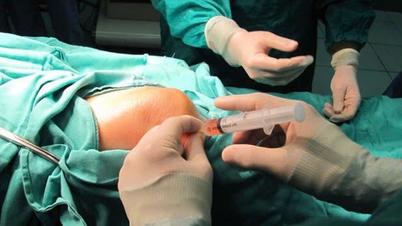
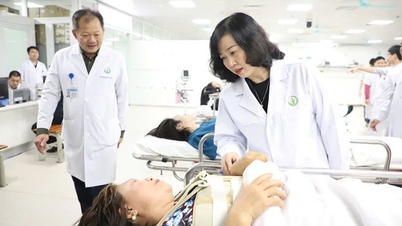
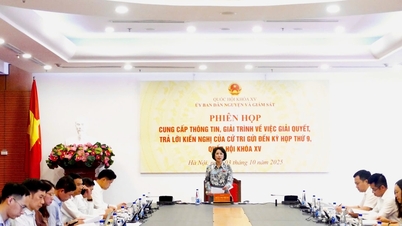

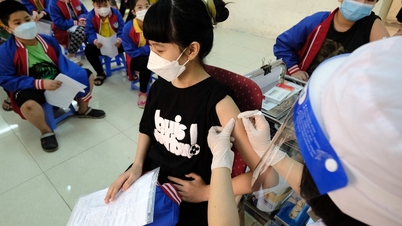
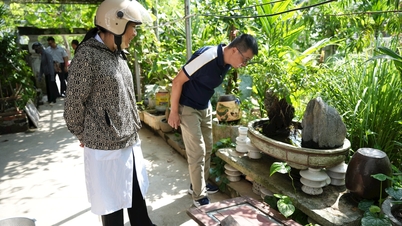









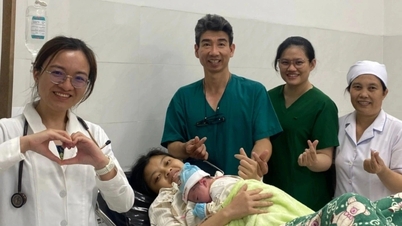









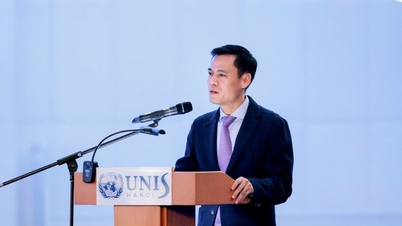














































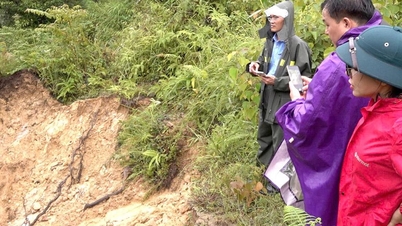






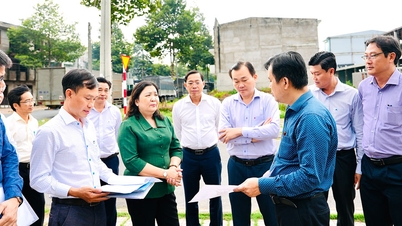

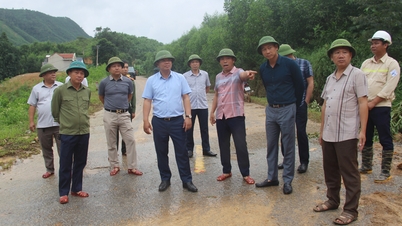















Comment (0)